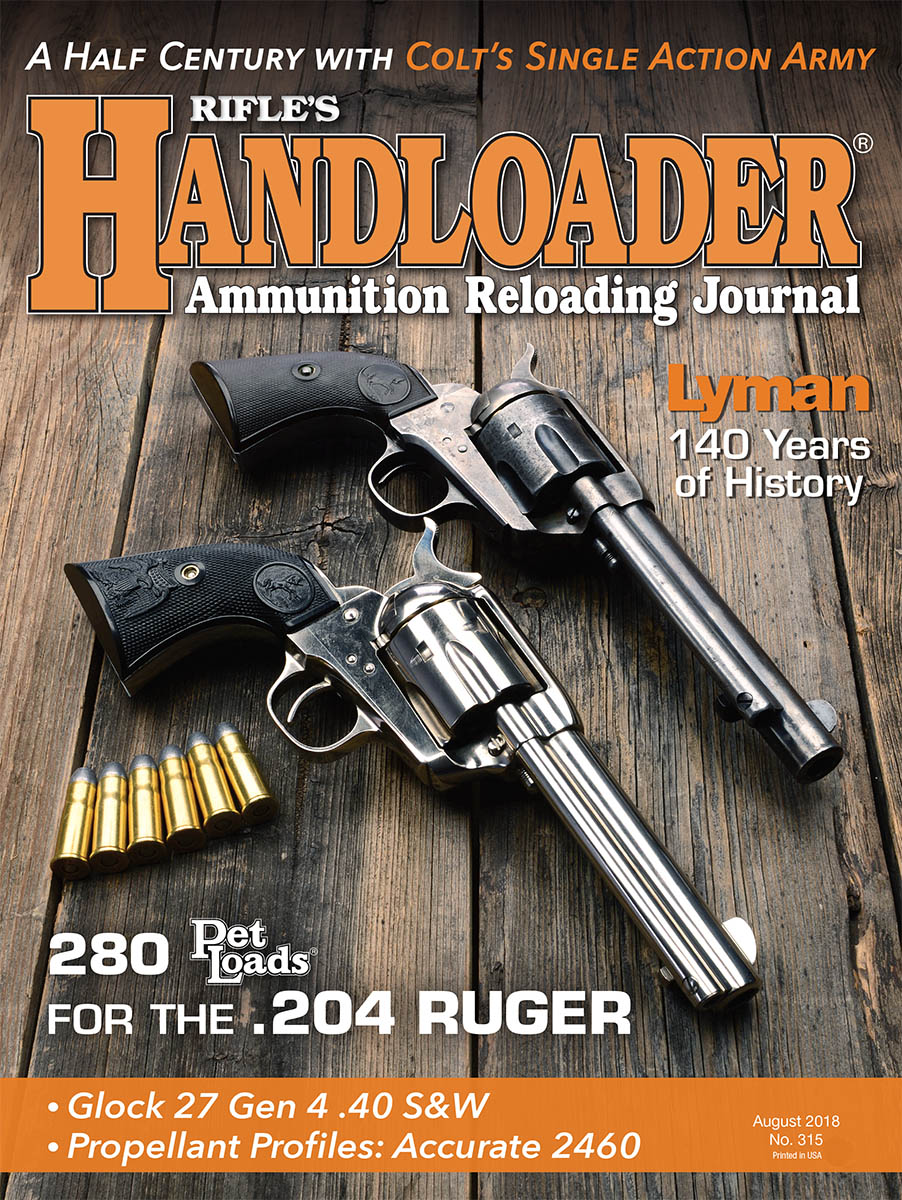.204 Ruger (Pet Loads)
Handloads for a Speedy Varmint Cartridge
feature By: Brian Pearce | August, 18
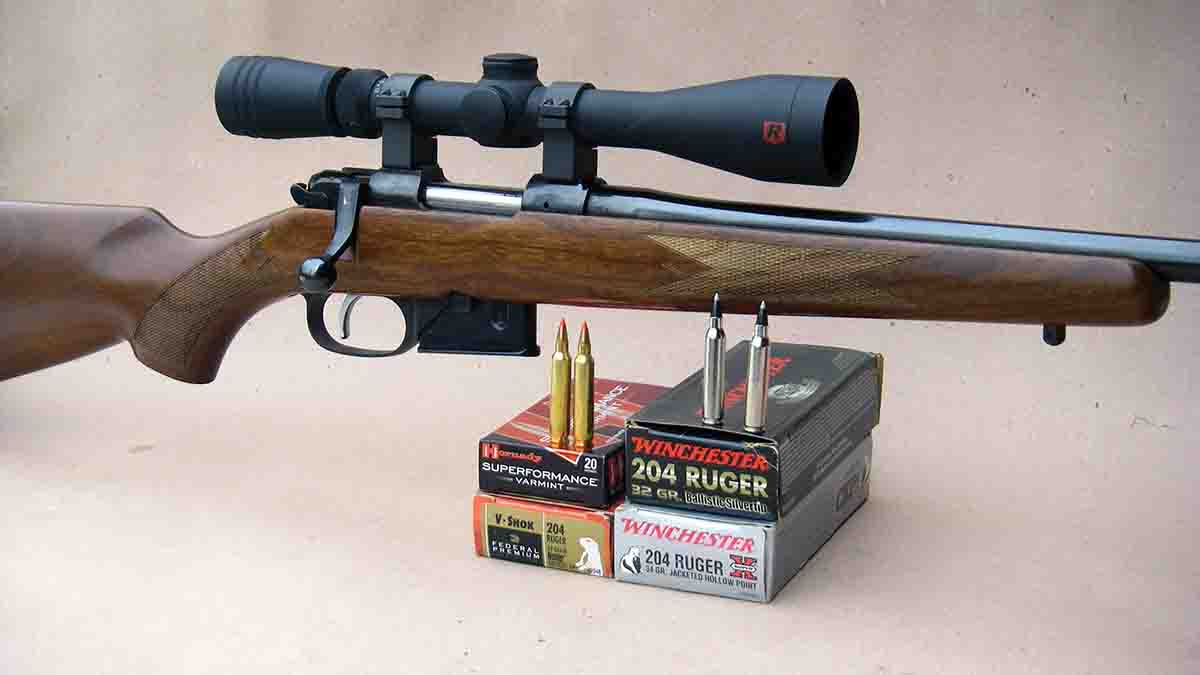
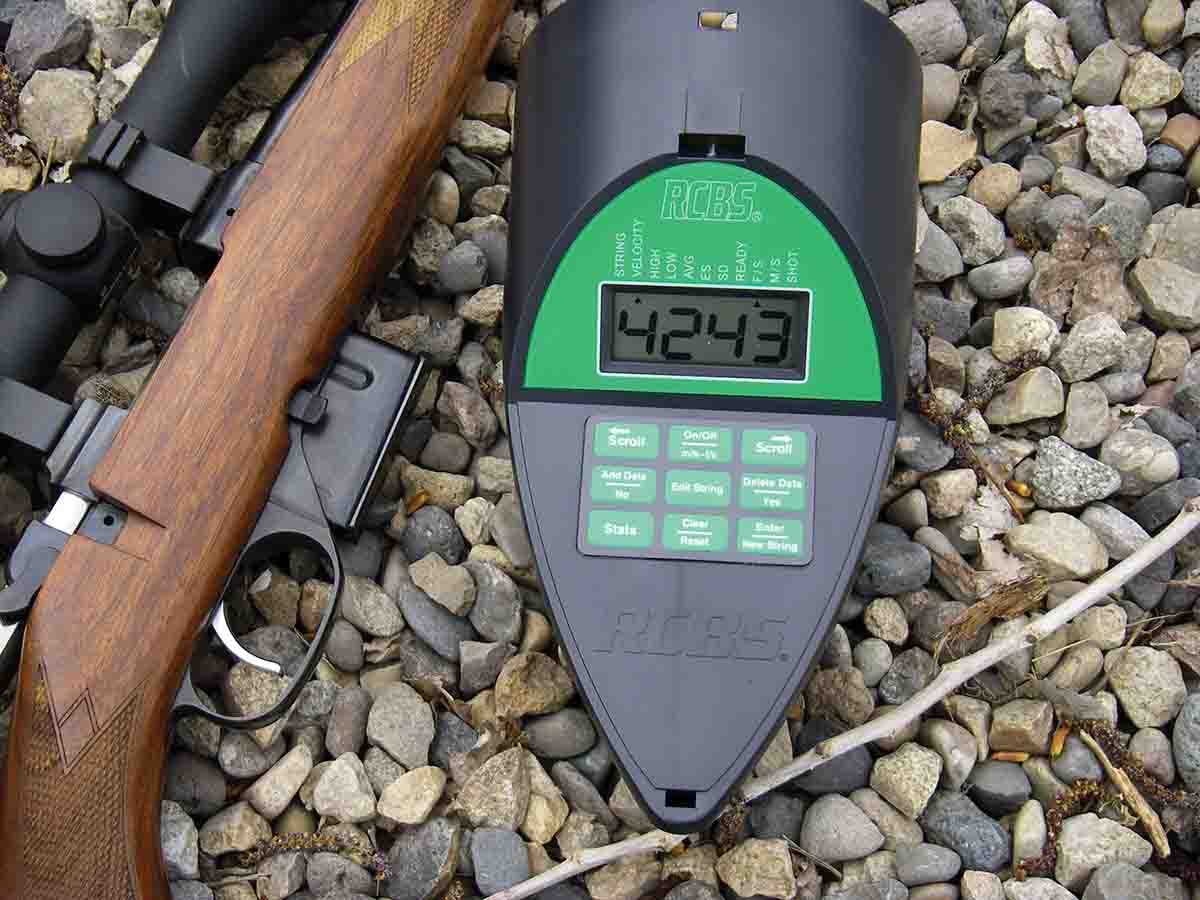
When the .204 first appeared I had the opportunity to use several different rifles and multiple factory loads on varmint shoots. I was especially pleased with its terminal performance, but there were a couple of virtues that really stood out. For example, its low recoil allowed bullet strike to be observed through the riflescope. This is mentioned because when wind drift moved the bullet off target, another round could instantly be chambered, the “hold” corrected and a hit made without a spotter – before wind conditions changed. On these particular varmint shoots in Wyoming, Colorado, Montana and Nebraska, 500 to 700 rounds of ammunition were often fired daily while other calibers were used intermittently. At the end of a day of high-volume shooting, the comparatively low muzzle report, flat trajectory and low recoil of the .204 was especially appreciated. Furthermore, the ammunition containing heavier
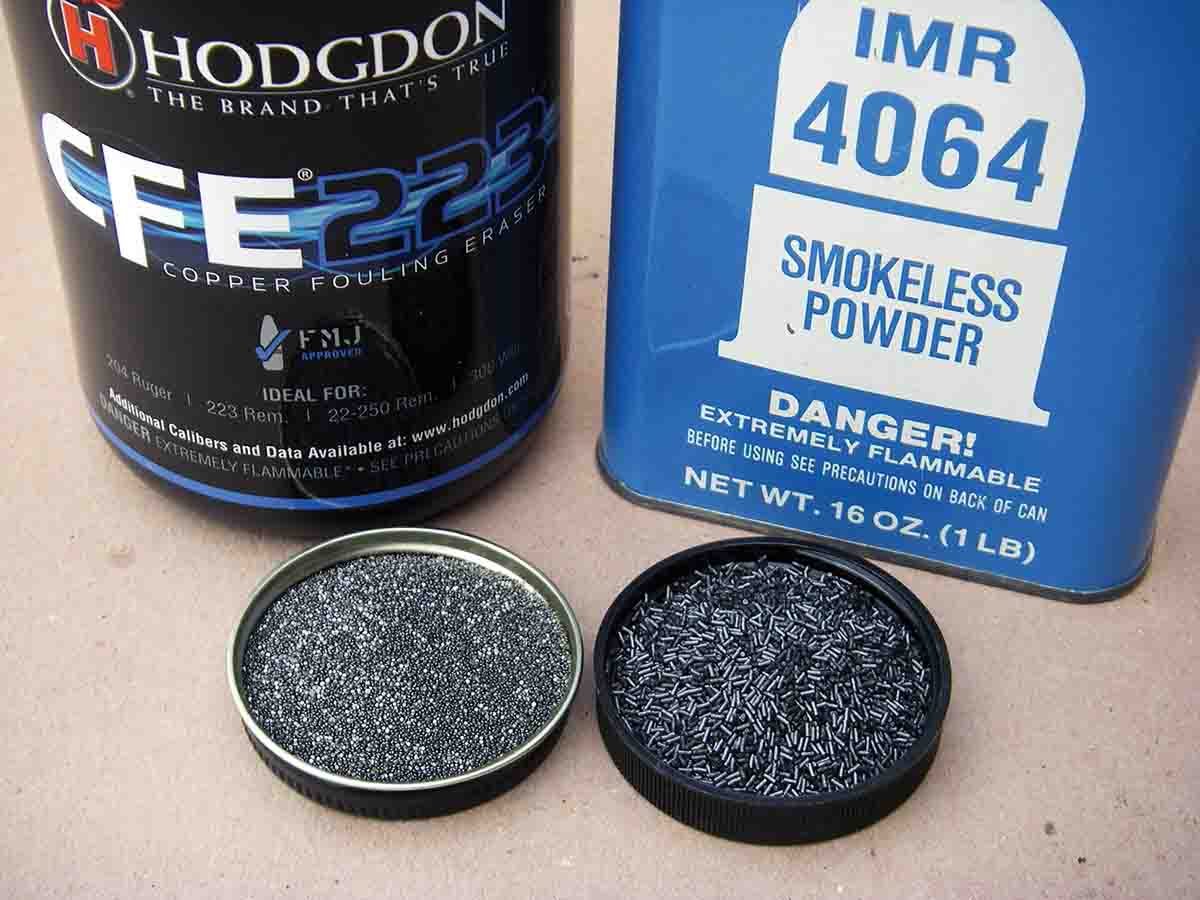
One innovative feature found in Hornady .204 factory loads includes powder containing a decoppering agent that effectively inhibits bullet jacket fouling. The powder is known by OEM producers as SMP746, which is formulated by Primex. This technology was “borrowed” from the U.S. military but has now found its way into canister-grade powders that are available to handloaders, such as Hodgdon CFE 223 and very recently Ramshot X-Terminator and others. CFE 223 is the same powder as SMP746; however, the latter is for OEM purposes and is manufactured with much larger lot-to-lot variances, and manufacturers develop new loads with each powder lot with the aid of a pressure barrel that most handloaders do not have access to.
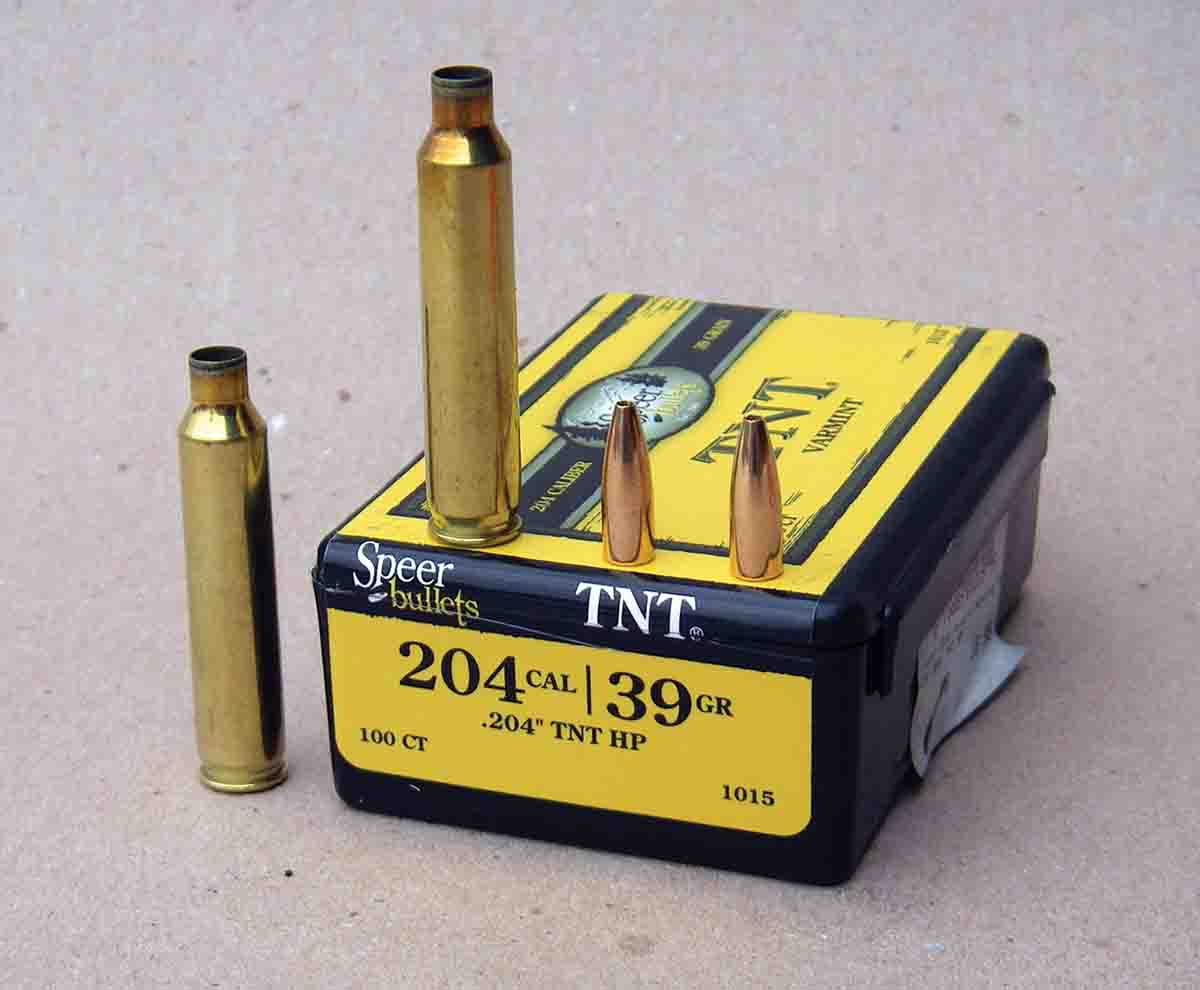
A CZ 527 American rifle was selected to develop the accompanying loads. These rifles feature high-quality, cold hammer-forged barrels that are stress relieved and known for their accuracy. The 527 features a 22-inch barrel, which is shorter than those found on most varmint rifles, but
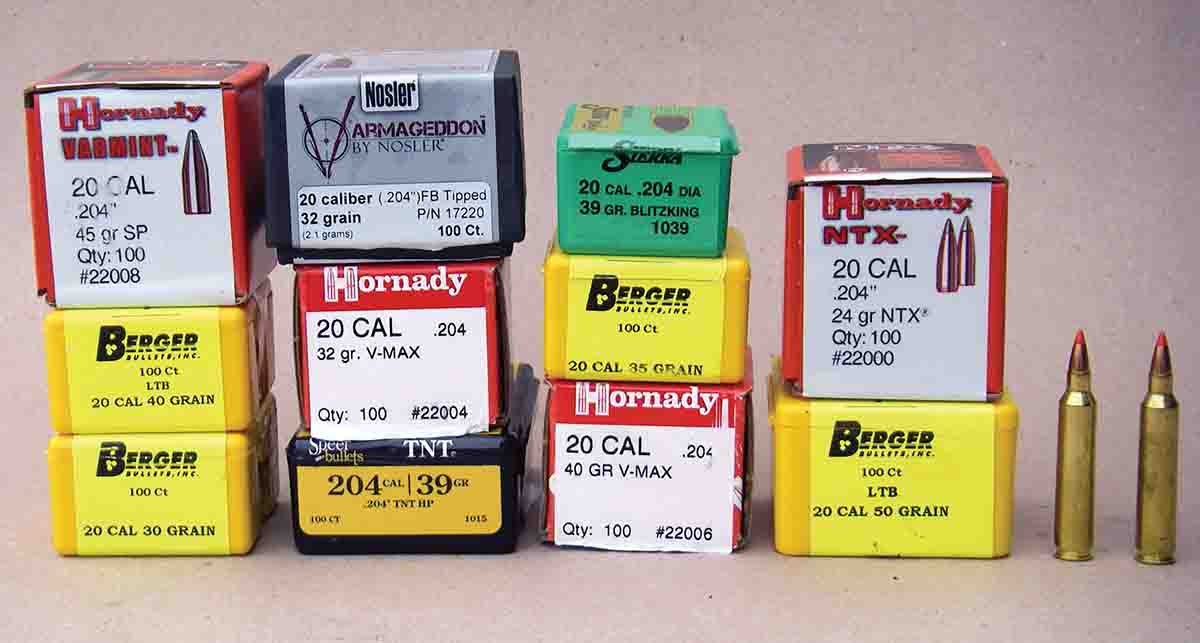
As reference ammunition, a variety of factory loads from Federal, Hornady, Nosler, Remington and Winchester were checked for accuracy and velocity, with the results shown in an accompanying table. Most loads delivered respectable accuracy; however, some produced higher extreme velocity spreads than I would be happy with as a precision-oriented handloader and varmint shooter. These loads are likely to produce vertical stringing at long range. It is unknown if these results were from poor-quality cases, perhaps a poor case neck relationship with the bullet, including tension and alignment, or perhaps a poor powder choice. Regardless, these results were mostly observed with loads containing lighter bullets, which are oddly popular among individuals who only purchase factory ammunition. Select handloads showed significantly lower extreme spreads and accuracy improvements using 32-grain bullets from Nosler, Sierra and Hornady.
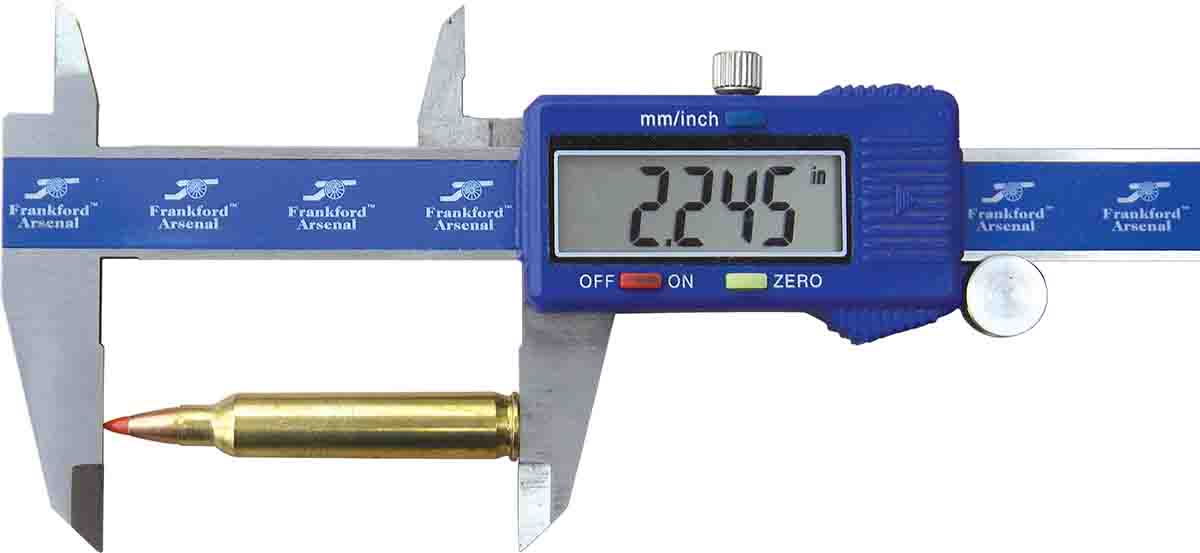
When measuring case water capacity, there were variances from brand to brand; however, all weighed between 32.5 (Remington) and 33.0 grains (Hornady). My methodology was to trim cases all to the same length, full-length size them, install new primers, weigh empty cases, fill them with water until level with the case mouth, then weigh again and deduct their “dry” weights. Winchester cases were used to develop the accompanying load data

As suggested, case preparation is an important aspect to assemble accurate and consistent handloads. It is especially critical with the .204 due to its small caliber and sensitivity to variances in neck tension, bullet alignment and flash hole variances. Incidentally, Hornady and Nosler offer match-grade cases as a component. Precision dies, especially benchrest-style bullet seating dies, will help in obtaining top-notch accuracy, with a Redding seating die being used herein.
Federal Gold Medal 205 Match primers were used to develop the accompanying loads. Across the board they worked very well, were consistent, provided adequate ignition with all powders, including extruded and spherical, and generally gave acceptable low extreme spreads. Most ammunition companies use magnum primers in their factory loads, but not all. Preliminary experiments have shown that select standard primers, such as CCI’s BR-4, can exhibit a slight accuracy edge with select loads containing comparatively easy-to-ignite powders. To accurately detail those results would
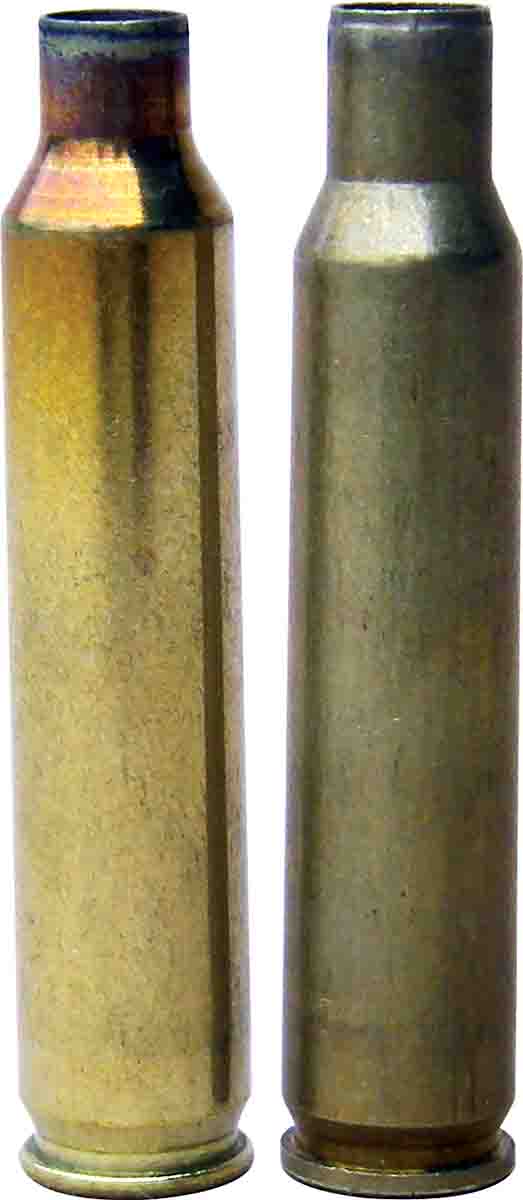
All major U.S. bullet companies currently offer designs specifically for handloading the .204 Ruger, with most oriented for varmint shooting. The lightest (at least that I am aware of) is the Hornady 24-grain Non-Traditional eXpanding (NTX) that is legal for use in all areas that are zoned accordingly, such as California. In addition to being a component for handloaders, Hornady offers the NTX in factory loads advertised with a muzzle velocity of 4,400 fps. With just a few factory rounds left over from a varmint shoot, they were checked for velocity from the CZ 527 rifle and averaged 4,316 fps. Using 29.5 grains of Accurate 2230 powder duplicated, and even slightly exceeded, factory load velocities.
Hornady offers its excellent 32- and 40-grain V-MAX bullets as well as a 45-grain Spire Point designed for larger varmints such as coyotes. However, the 40-grain V-MAX offers a higher ballistic coefficient (BC) and a flatter trajectory. Hornady’s 40-grain V-MAX factory load chronographed 3,851 fps, which I was able to more or less duplicate or exceed by using 29.5 grains of Accurate 2520 or 29.8 grains of Hodgdon CFE 223 powder. For those wanting to duplicate velocities of the 32-grain V-MAX factory load, try 30.5 grains of Accurate 2520.
Sierra offers two excellent BlitzKing varmint bullets in 32- and 39-grain weights. Both feature a green plastic tip for high BCs, but it also serves to facilitate rapid expansion on varmints. In Sierra’s tradition, they also proved very accurate throughout load development. Using the 32-grain BlitzKing, 30.7 grains of Accurate 2520 powder almost duplicated factory load performance; however, 28.0 grains of Hodgdon Benchmark reached just under 4,000 fps and was the most accurate powder with this bullet. Switching to the 39-grain bullet, 25.0 grains of Alliant Reloder 10X gave outstanding accuracy.
Nosler offers six .204 bullets that include a 32-grain Ballistic Tip Lead Free, a 34-grain flatbase hollowpoint, a 32-grain
-TABLE 4.jpg)
Speer has earned a loyal following with the explosive-like performance of its TNT hollowpoint varmint bullets, with the 39-grain version being used here. With 29.5 grains of Accurate 2520 powder, velocity reached over 3,950 fps; however, the most accurate powder with this bullet was IMR-8208 XBR, with 27.4 grains producing 3,748 fps.
Berger offers several .20-caliber bullets with 30-, 35-, 40- and 50-grain versions being represented in the accompanying data because they have become popular due to their extreme accuracy potential. The most accurate versions included the 35-grain FB Varmint over 28.0 grains of IMR-8208 XBR for 3,886 fps, and the 40-grain LTB loaded over 29.0 grains of Accurate 2520 powder for 3,871 fps.
In spite of previous positive comments regarding powders containing a decoppering agent, propellants without this feature, including spherical and extruded versions, can give excellent results. When the .204 is chambered in a rifle with a nicely finished bore, fouling with powders that are void of decoppering agents can be minimal. On the other hand, I once owned a heavy barreled .204 varmint rifle that shot very well, but its barrel was rather rough, and it fouled with any powder and load. As a result, it had to be cleaned on a regular basis to maintain accuracy so was ultimately disposed of.
There are many powder choices that offer the correct burn rate for the .204 but generally include those that fall between IMR-4198 and Winchester 760, with the faster versions being most suitable for lighter bullets, and slower-burning powders performing better with heavier bullet weights. It is suggested to avoid extruded versions that have longer cuts (or “logs”), as they will bridge in the small cartridge. For example, when developing other data not included here, IMR-4064 powder was used, and it performed fine. However, throwing charges was out of the question; rather, each charge had to be very slowly trickled into cases to prevent bridging. To me this is impractical for a cartridge that was designed for high-volume shooting. When assembling a large quantity of ammunition for an upcoming varmint shoot, I always choose a spherical powder that meters accurately and does not bridge, or I use a fine-cut, extruded powder that can likewise be thrown. A few examples include Accurate 2015, 2230 and 2520, Hodgdon CFE 223, Benchmark, BL-C(2), Norma 200, Winchester 748, IMR-8208 XBR, Alliant Reloder 10X, AR-Comp, Vihtavuori N133 or Ramshot X-Terminator and TAC. Regardless of the powder selected, a high-quality powder measure is especially valuable, with a Redding Comp BR-30 used to help develop the accompanying data.
Other than the outlined nuances associated with handloading a small caliber, high-velocity varmint cartridge, it is relatively easy to develop handloads for the .204 Ruger that duplicate or exceed factory load performance.
-TABLE 1.jpg)
-TABLE 2.jpg)
-TABLE 3.jpg)


